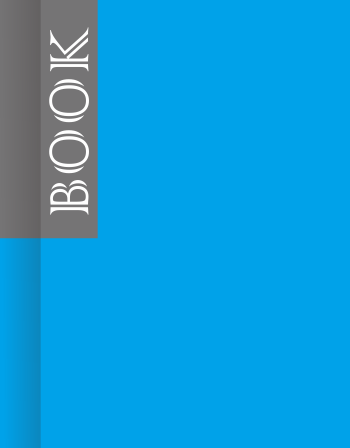DIGITAL LIBRARY
 | JUDUL | : | DEGRADASI FOTOKATALISIS NAPHTHOL BLUE BLACK MENGGUNAKAN KATALIS KOMPOSIT TiO2-KITOSAN DENGAN BANTUAN ENERGI SINAR MATAHARI |
| PENGARANG | : | KHAIRUN NISA | |
| PENERBIT | : | UNIVERSITAS LAMBUNG MANGKURAT | |
| TANGGAL | : | 2020-06-19 |
DEGRADASI FOTOKATALISIS NAPHTHOL BLUE BLACK MENGGUNAKAN KATALIS KOMPOSIT TiO2-KITOSAN DENGAN BANTUAN ENERGI SINAR MATAHARI
Abstrak : Naftol blue black (NBB) merupakan senyawa aromatik azo yang berpotensi karsinogenik dan mutagenik, sehingga bersifat toksik. Salah satu metode alternatif penanganan limbah zat warna dengan fotokatalisis. Fotokatalisis merupakan suatu kombinasi proses fotokimia dengan penggunaan katalis. Tujuan dari penelitian ini untuk mendapatkan data rasio TiO2:Kitosan yang menghasilkan komposit dengan kemampuan paling baik, waktu penyinaran dan dosis optimum TiO2 yang efektif dalam proses fotodegradasi NBB. Proses fotodegradasi NBB oleh beads kitosan dan komposit dan kitosan diiradiasi dengan waktu penyinaran terbaik pada penurunan kadar NBB adalah selama 360 menit dengan penurunan konsentrasi dari NBB lebih dari 80 %. Beads komposit TiO2-Kitosan dengan rasio 5:10 menghasilkan kemampuan optimal. Dosis optimum beads komposit dalam proses fotodegradasi NBB adalah 1 gram komposit / 100 mL larutan.
Kata kunci : Naphthol Blue black, komposit TiO2-Chitosan, Fotodegradsi, sinar matahari
Photocatalytic Degradation of Naphthol Blue Black using TiO2-Chitosan Composite with Supported by Solar Energy
Abstract : Naphtol Blue black (NBB) is an azo-aromatic compound with carcinogenic and mutagenic properties. An alternative method to treat the BBN waste is by photocatalytic, which is a combination of photochemical processes with the use of catalyst. The aim of this research is to obtain TiO2 : Chitosan ratio data which produces the best-performing composites, exposure time and optimum dose of TiO2 with the best effectivity in catalyzing the process of BBN photodegradation. The photodegradation process of BBN by chitosan and composite-chitosan beads irradiated with 360 minutes of exposure time could reduce the amount of BBN up to 80%. The TiO2-Chitosan composite beads with 5:10 ratio gives the optimum performance. The optimum dose of composite beads in the BBN photodegradation process is 1 gram composite/100 mL solution.
Key words: Naphthol Blue black, TiO2-Chitosan Composite, Photocatalytic, solar energy
| NO | DOWNLOAD LINK |
| 1 | FILE 1 |
File secara keseluruhan dapat di unduh DISINI